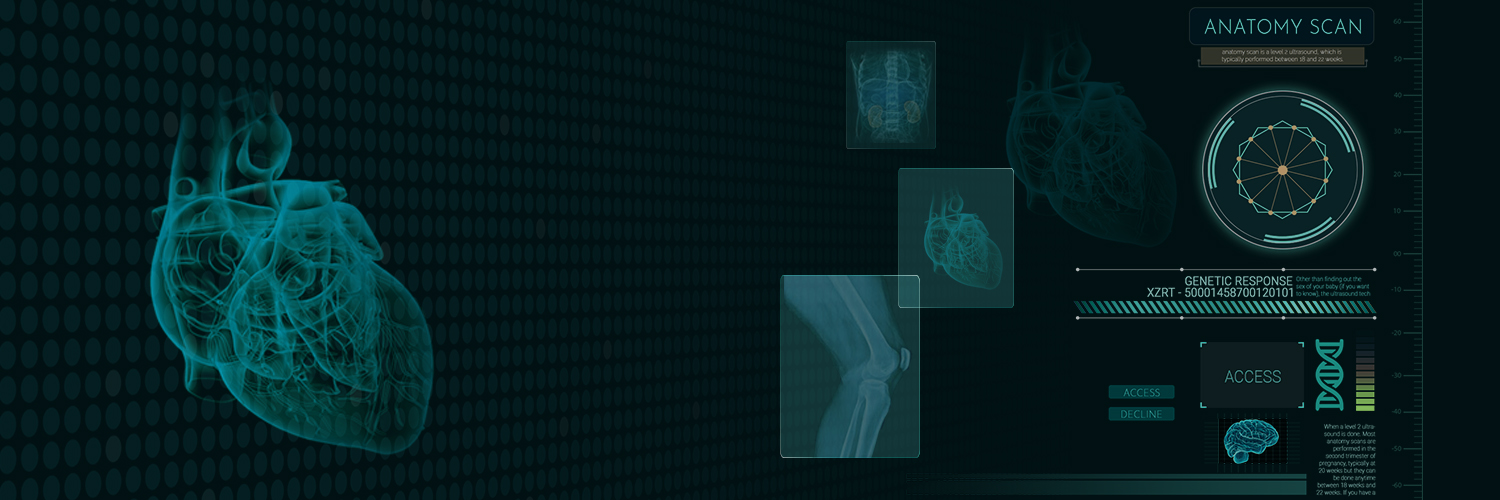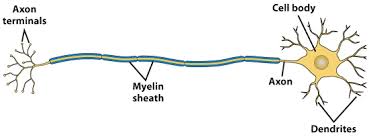
Animals have a specialized nervous system which aids in the coordination of voluntary and involuntary actions and reflex actions. The nervous system consists of nerve cells known as neurons that transmit messages in the form of electrical impulses to our sense organs.
Message transmission between neurons:
Sense organs, nerves, spinal cord, and brain participate for nervous coordination. Sense organs have neurons at their tips that detect changes in the surroundings. Neurons consist of dendrites, cell body, nucleus, and axon. Dendrites detect information, convert them into electrical impulses and pass onto cell body. Axon collects these impulses which are converted into chemicals and released at the nerve ending. The chemicals passed to next neuron through a gap called synapse. Thus, a message is transmitted from one neuron to another.

Neural actions:
The neural system controls three types of actions:
Reflex action or reflex:
It is an involuntary action in response to a stimulus. It takes spontaneously without thinking. For example, eyes adjust when exposed to bright light. Peripheral nervous system (PNS) is a system of nerves which connect central nervous system (CNS) (includes brain and spinal cord) with other parts of the body. This coordination of spinal cord and peripheral nervous system results in reflex action. It does not involve the brain. A reflex arc is the pathway in which impulses travel during the reflex action.
Voluntary action:
These actions are produced consciously by our body. These are produced involving thoughts. Both spinal cord and brain are involved. These coordinate with PNS to generate necessary movements. For example, writing an article, jumping from heights.
Involuntary action:
These actions take place without consciousness or willingness of an individual. For example, digestion, heart beating, sneezing, etc.
Both involuntary and voluntary actions are controlled by same parts of the brain. Hindbrain and midbrain control the involuntary actions like salivation, vomiting, etc. while hindbrain controls voluntary actions like walking, riding a bike, body balancing, etc.